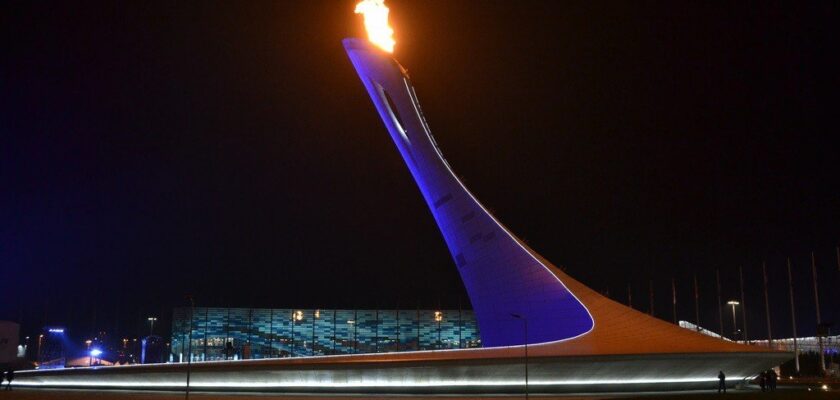Fisht Olympic Stadium
Fisht Stadium is a sports arena in Sochi, built in 2013 for the opening of the XXII Winter Olympic Games. The giant futuristic structure, which accommodates more than 41,000 people at a time, is located in the Adler neighborhood and, according to the international UEFA rating, belongs to the most prestigious, 4th category of sports stadiums. In February 2014, it was on the fields of Fisht that the opening and closing ceremonies of the Olympic competitions took place, and in March, the Paralympics started from its grounds. Today, Fisht Stadium has been converted into a soccer arena, which in 2018 will be visited by tens of thousands of fans to cheer for their favorite team during the World Cup.
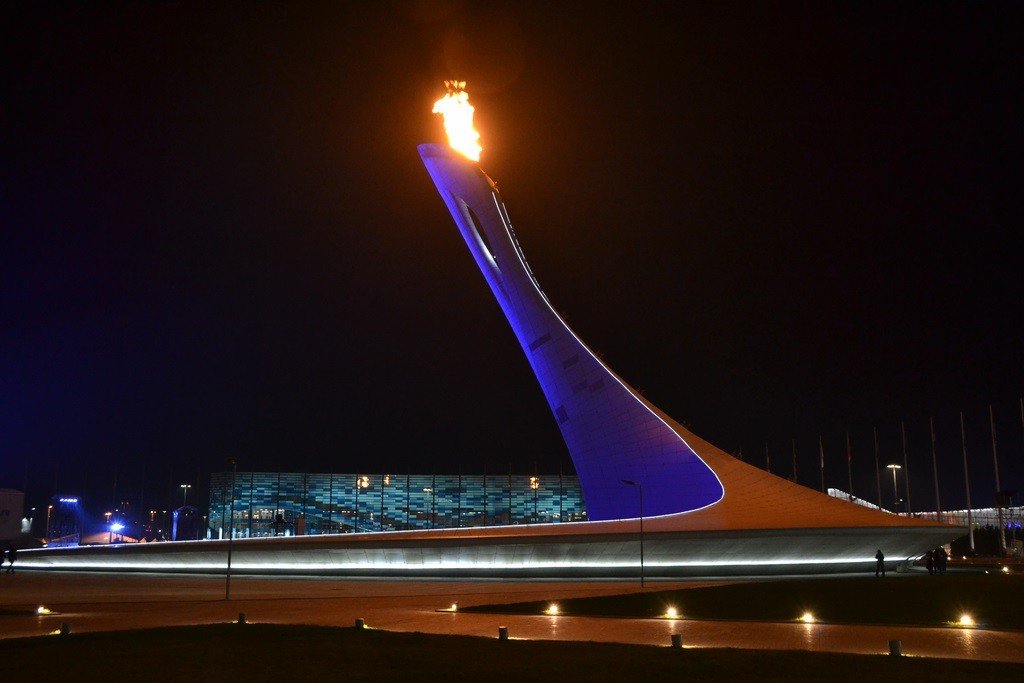
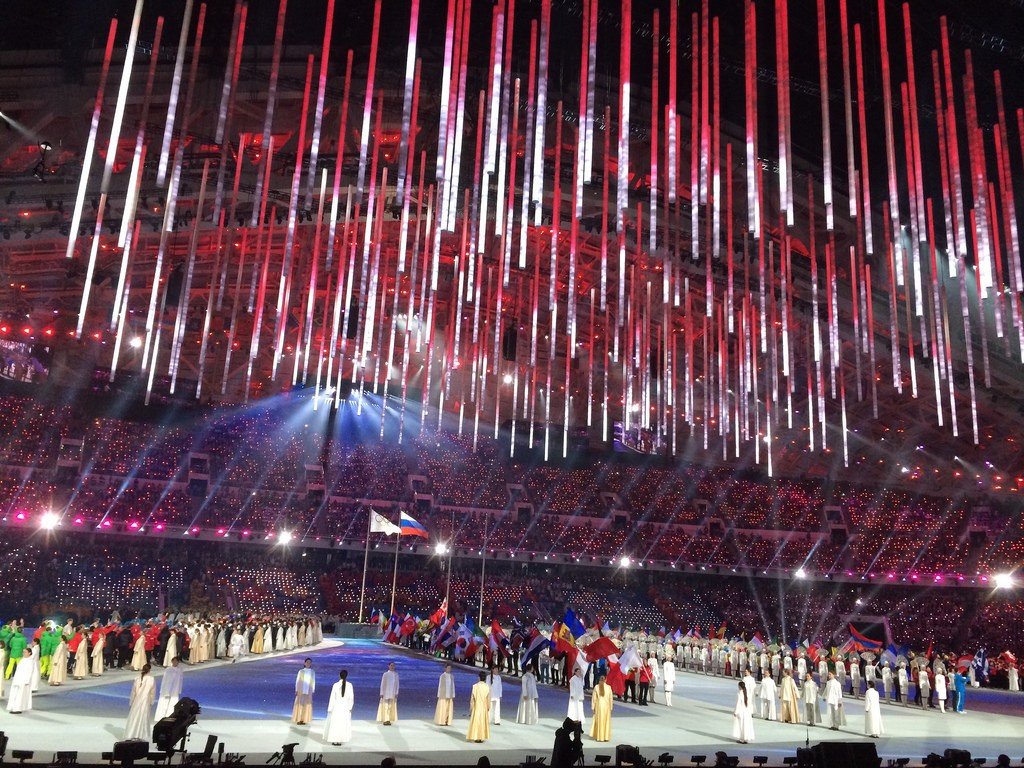
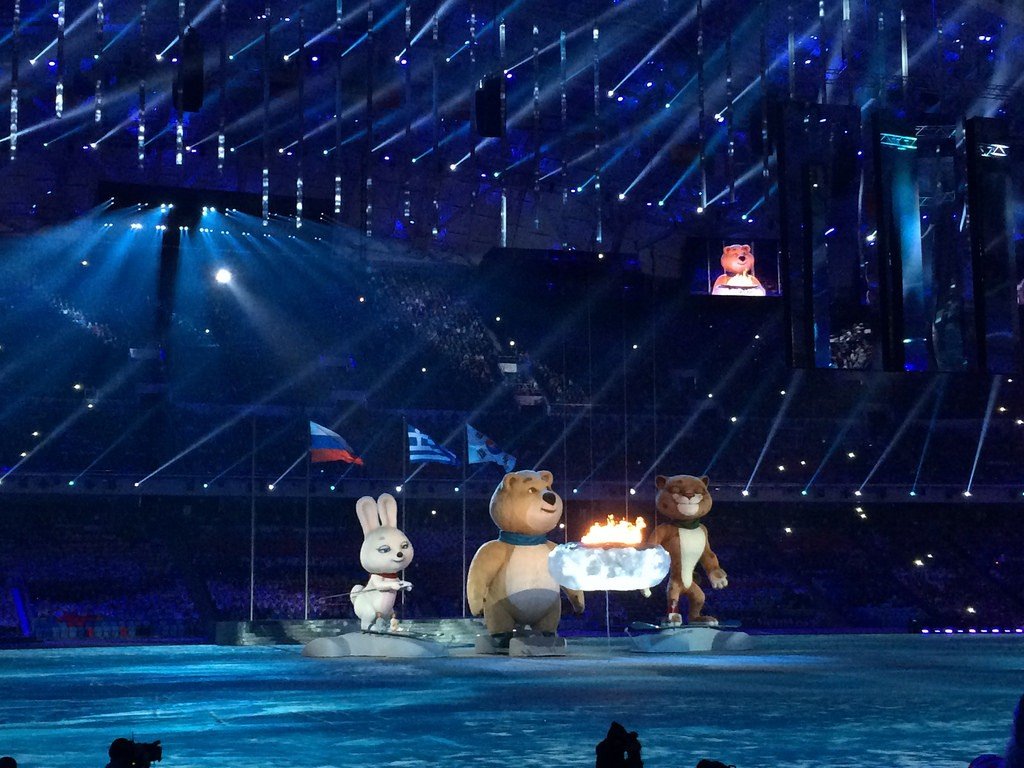
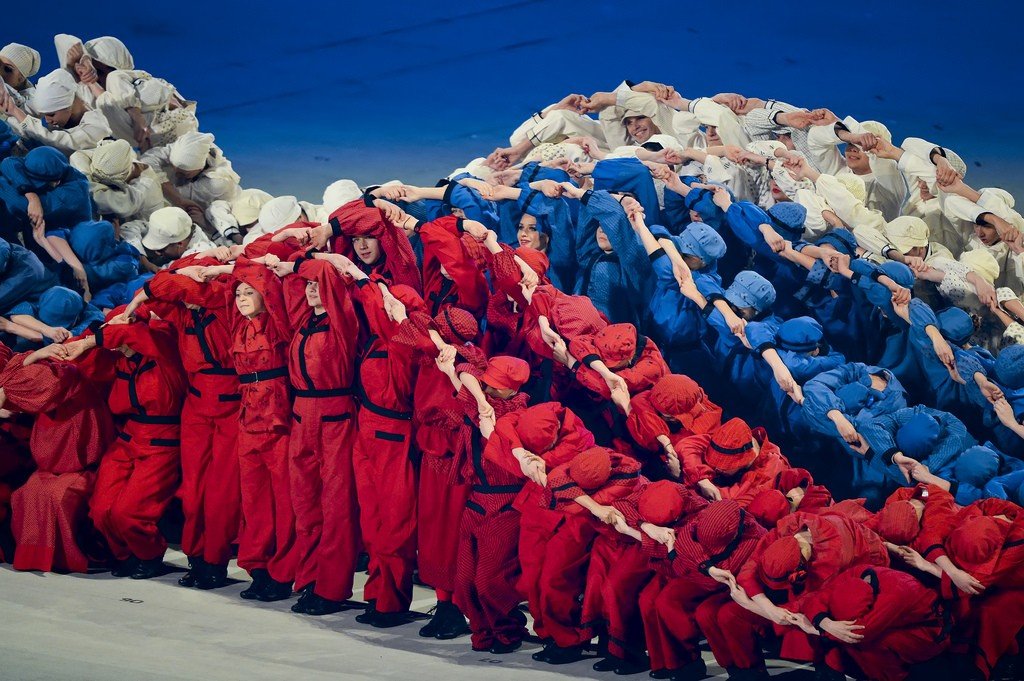
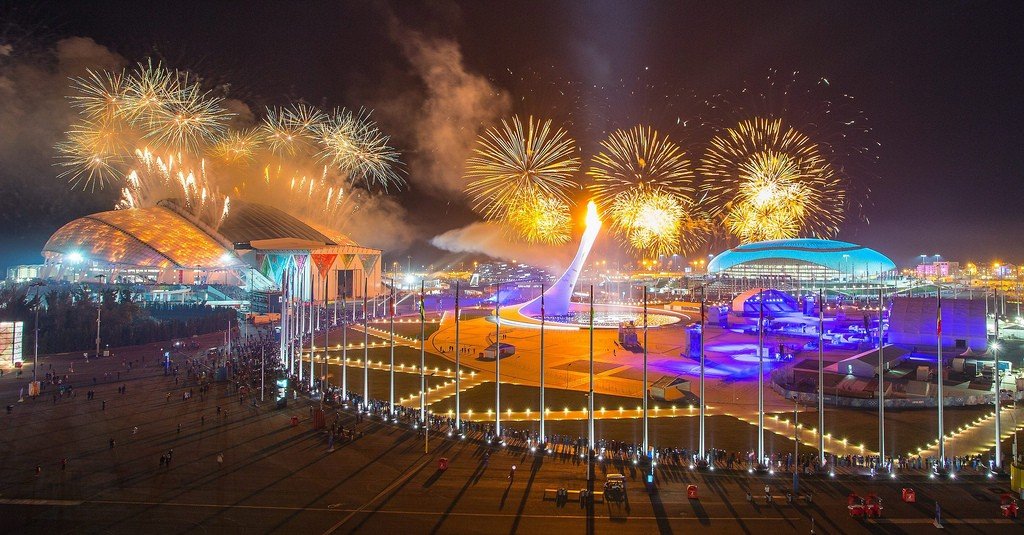
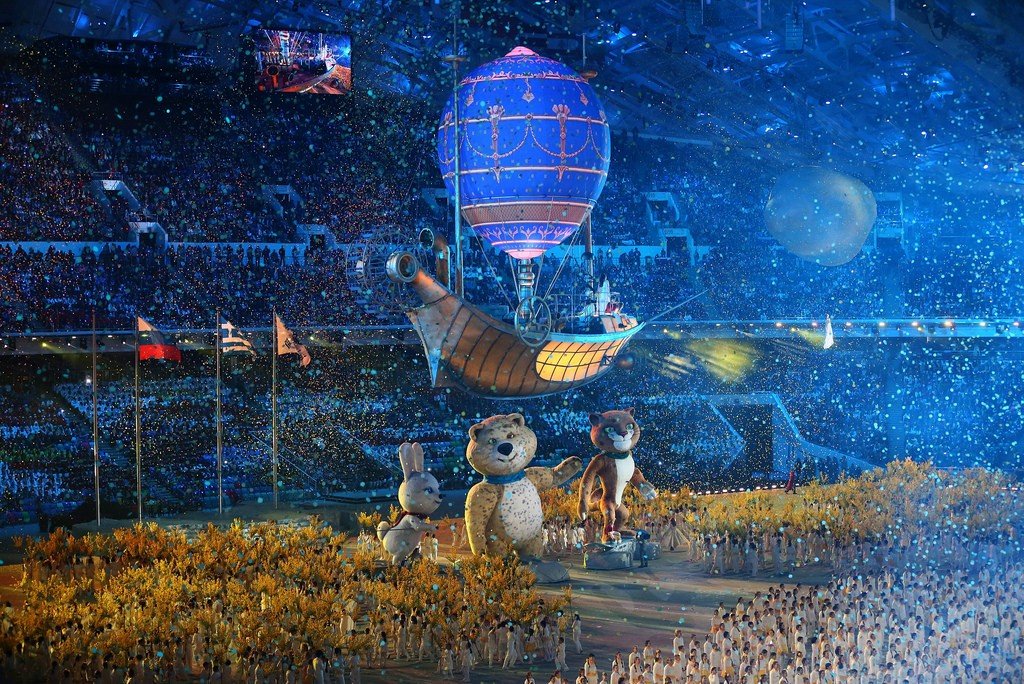
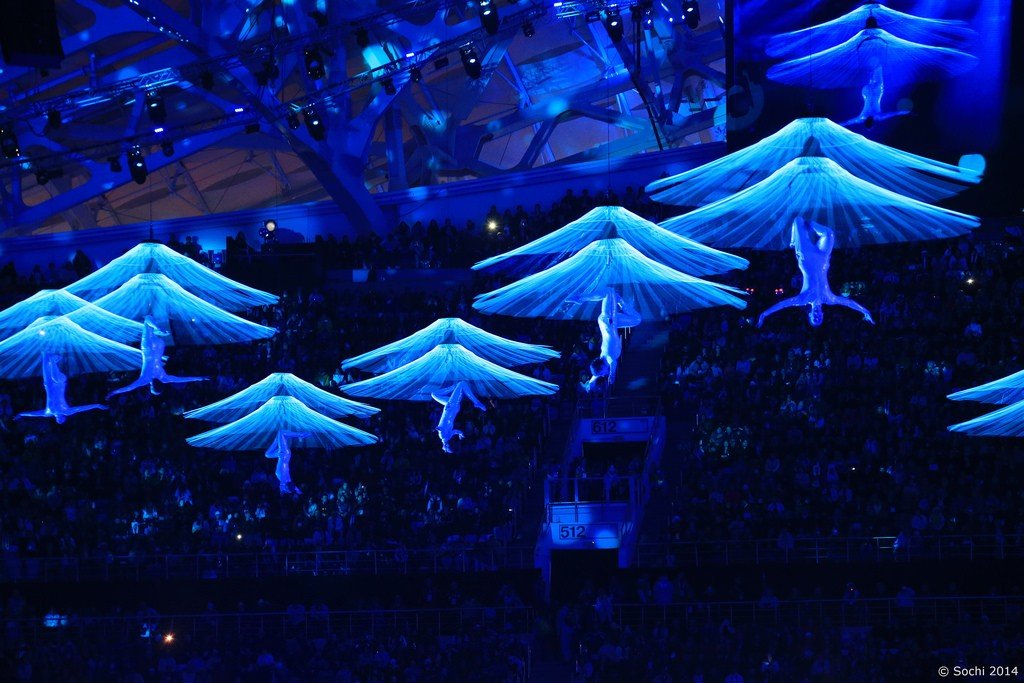
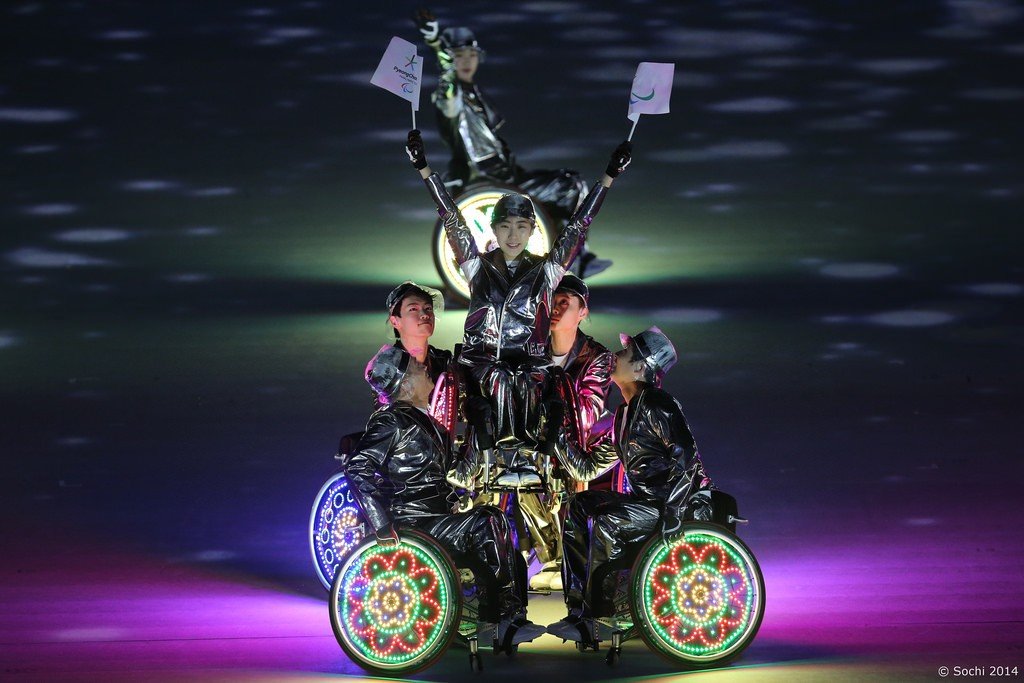
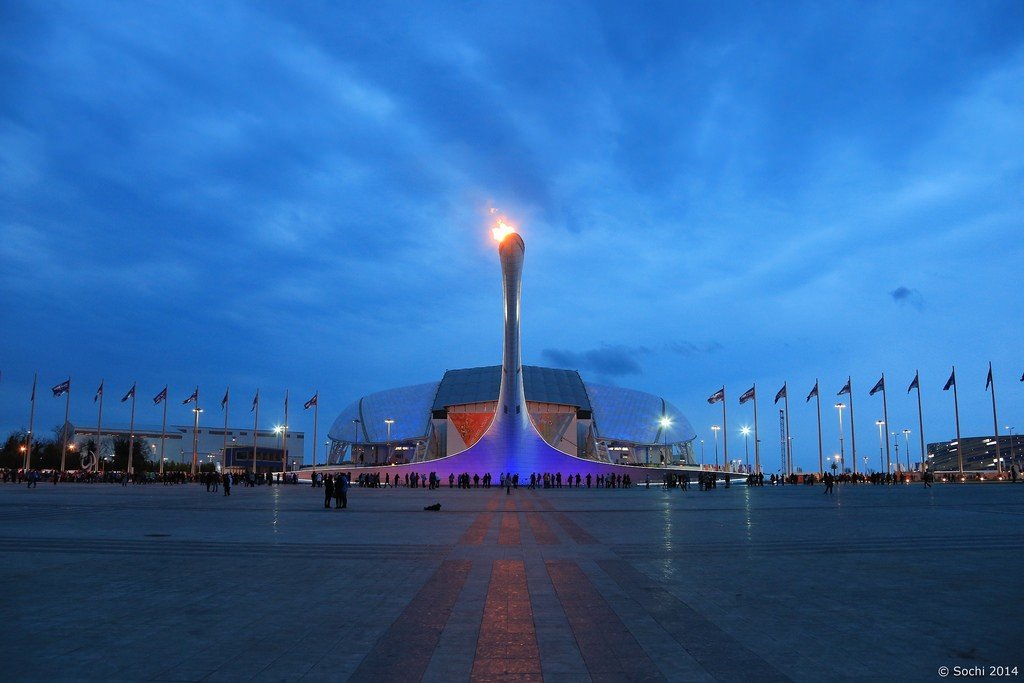
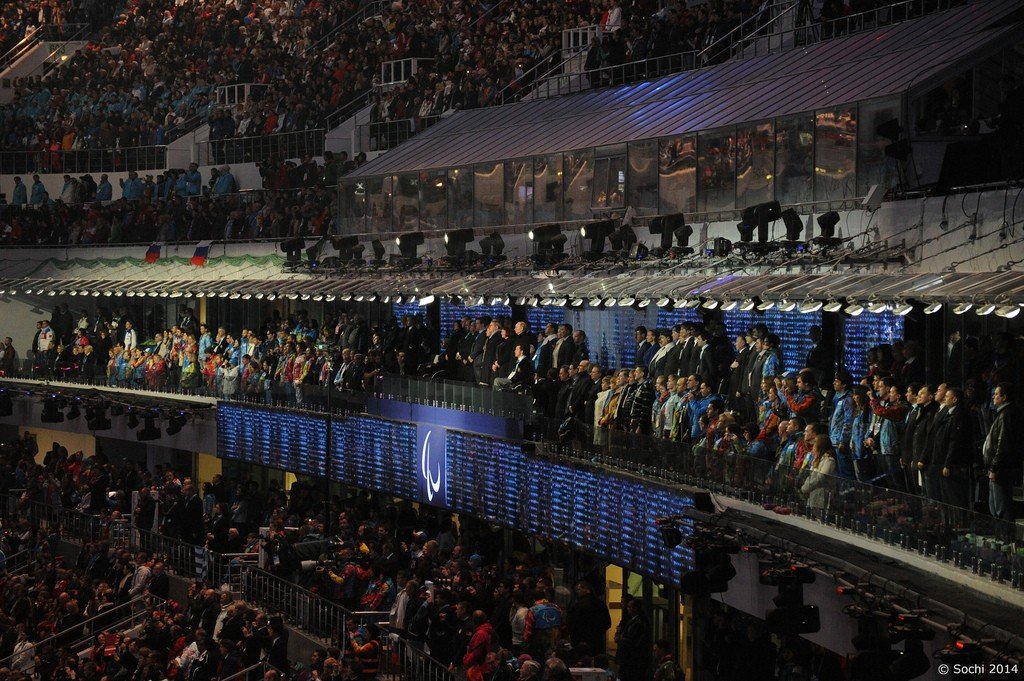
Video: Fisht Stadium
Contents- History of Fisht Stadium construction
- Appearance and interior design
- Fisht Stadium today
- How to get there
History of the construction of Fisht Stadium
According to the initial estimate of 2006, the construction of Fisht was to cost Russia 1.7 billion rubles. The development of the architectural design of the future Olympic stadium was entrusted to the American company Populous, and the Australian architect Damon Lavelle, who already had experience in designing similar facilities in Johannesburg, was confirmed as the chief supervisor. All work on the realization of the grandiose plan was undertaken by the construction company Ingeokom.
.
Since 2008, the government began to clear the territory for the future Olympic object, buying up land from the local population. The Old Believer village of Marlinsky, and together with it, the ancient cemetery, also fell under the crush. However, if in the first case the settlement completely disappeared from the map of the Krasnodar region, in the issue with the cemetery had to find a compromise: local residents would hardly approve of the destruction of the necropolis, and the stadium itself, built “on the bones”, most likely, would cause negative emotions among the participants of the celebration. In order not to inflame the atmosphere, they decided to keep the cemetery, but to camouflage it as much as possible. An accidental tourist who happens to be in Adler today would not guess that the place of last resting place of the Marlin Old Believers is located in the very center of the Olympic Park. Necropolis area of 1 hectare is planted around the perimeter of a hedge of thuja trees and additionally fenced with a red plastic fence.
.
Despite the fact that the official date of the foundation of Fisht Stadium is considered to be 2007, the actual construction of the structure began only in 2010. As a result, Fisht was handed over an order of magnitude later than other Olympic venues – in December 2013. Interesting metamorphoses occurred with the initial construction estimate, which increased every year. For example, in 2012, the almost ready project was once again modified at the request of Konstantin Ernst, General Director of Channel One. For the convenience of TV broadcasting they demanded to equip the arena with a full-fledged roof, because of which the cost of the construction jumped up sharply. Spending during the construction of Olympic venues was not reckoned with, but even by the most immodest standards Fisht turned out to be a fabulously expensive pleasure for the Russian budget. Equipped with the latest technology, the arena cost the country 23.5 billion rubles, which is almost 14 times higher than the original estimate.
.
A curious fact: a commemorative capsule with a message was laid in the foundation of Fisht Stadium: “Believe in your strength and together we will win!”
.
Appearance and interior design
The stadium owes its name to the Fisht mountain peak, located in the western part of the Greater Caucasus Range. From Adygean the word translates as “white head”, which evokes persistent associations with the snow cap decorating the top of the massif. By the way, the initial project depicted the appearance of the future arena in the form of Karl Faberge’s Easter egg. But after some time, the admissions committee shifted to a completely different version, which was a funny symbiosis of the shell and the outlines of the mountain peak.
.
The area of Fisht Stadium is 105×68 meters, which puts it on a par with such world arenas as Wembley in London and Conella El Prat in Barcelona. Fisht has four grandstands: two end stands, open and two side stands covered with a transparent canopy made of polycarbonate plastic.
.
A very unusual solution to the issue of spectator seats: rows of seats for fans are distinguished by non-uniform, graded coloring. Some of them have a rich blue shade, some of them are made in light blue color, and the seats of different shades are mixed with each other. Such an optical trick – part of a prudent engineering plan: in the absence of a sufficient number of spectators during the competition free multicolored chairs create the illusion of filled stands.
.
By the way, an observant visitor will quickly distinguish non-standard-sized copies in the rows of chairs – these are seats for spectators of “plus-size”. They usually do not sell tickets, but during the match especially obese friends can be politely invited to sit there. Well, for people with disabilities in the stands are equipped with special viewing areas, which provide enough space for a wheelchair and an attendant.
.Fisht Stadium today
As world experience shows, after the completion of the next Olympic Games, most sports venues fail to fit into the realities of everyday life. The greatest monuments of modern architecture slowly fall into disrepair, get covered with corrosion and inevitably collapse under the action of the elements, gradually passing into the category of spectacular but useless urban decorations. Against the background of such degradation, the fate of “Fisht” looks quite promising, as the stadium has recently been adapted for soccer matches.
.Almost immediately after the end of the Olympic Games, the arena was closed for reconstruction, which took about 3 billion rubles from the state budget. The result of the reconstruction work was the dismantling of the very roof that was “ordered” by the management of Channel One in 2012. The interior was quickly converted into the mandatory for soccer grounds locker rooms, showers and warm-up areas, and a separate sector for journalists appeared in the stands.
.
The engineers have not forgotten about ordinary soccer fans, having equipped each spectator stand with its own 4G base station. Now in the protracted moments of the match a bored fan will be able to hang out on the Internet and discuss the outcome of the championship on forums. And those who prefer to change the atmosphere dramatically can admire the inspiring mountain scenery from the miniature balconies equipped in the back of the spectator sector. But the promise to expand the stadium by 5,000 additional seats remained unfulfilled: today, the country’s main soccer arena seats exactly 41,220 people.
.In March 2017, Fisht reopened its doors to Russian fans. On March 28, the stadium’s renewed surface hosted the opening match between Russia and Belgium, and on May 2, the Russian Football Cup final was held here.
.
How to get there
To get to the main sports arena of Sochi you can take bus routes № 57, 117, 125, 134, 173. You will have to ride to the stop “Selsovet”. The suburban train “Sochi – Adler – Olympic Park” also runs to Fisht Stadium. The third option is shuttle buses №100 and №124, which go to the stops “Selsovet” and “Olympic Park”, respectively.
.